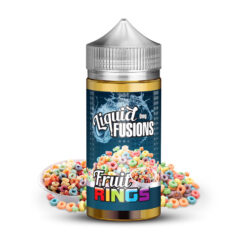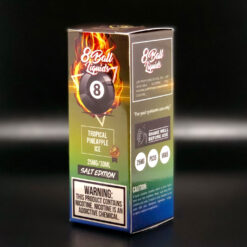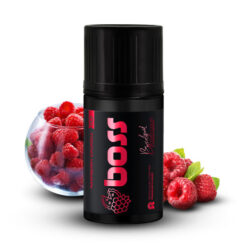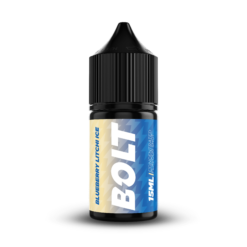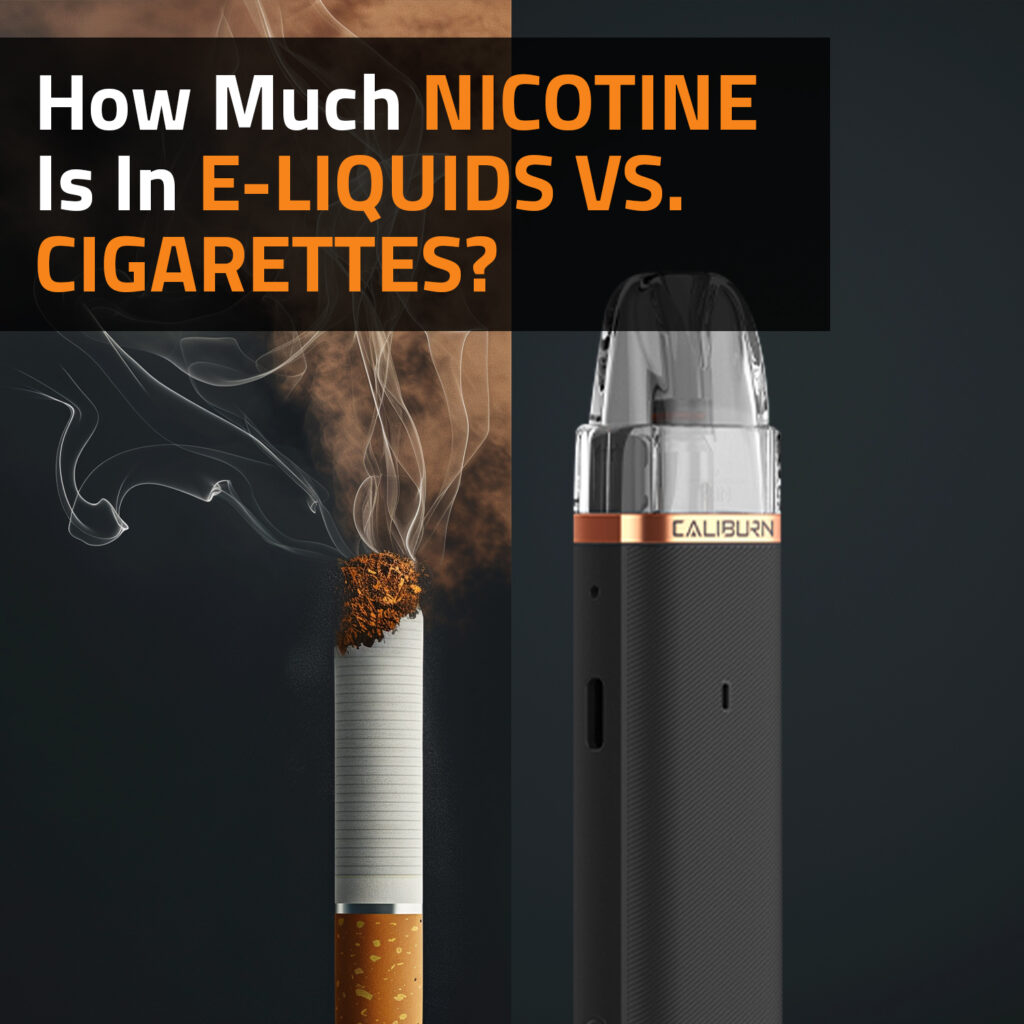For those exploring alternatives to smoking, it is important to understand the nicotine content in e-liquids compared to traditional cigarettes. While both deliver nicotine – the substance responsible for the addictive properties of tobacco products – the way it is absorbed, measured, and experienced can vary significantly. Let us unpack the differences between nicotine levels in e-liquids and cigarettes, and what it means for your journey toward healthier habits.
How Nicotine Is Measured In Cigarettes And E-Liquids
Cigarettes typically list the nicotine content as the amount present in a single cigarette. For most commercially available cigarettes, this ranges from 8 to 20 milligrams of nicotine per stick. However, not all of this nicotine is absorbed by your body.
- Absorption rates: When smoking, the body absorbs roughly 1 to 2 mg of nicotine per cigarette, depending on factors like puff frequency, depth of inhalation, and individual metabolism.
- Delivery method: The combustion process in smoking creates “freebase nicotine,” which is quickly absorbed through the lungs and leads to the almost immediate nicotine hit smokers experience.
E-liquids, on the other hand, express nicotine content in terms of milligrams per milliliter (mg/mL). This tells you how much nicotine is present in one milliliter of liquid. For example:
- A 3 mg/mL e-liquid contains 3 mg of nicotine per milliliter of liquid.
- A 10 mL bottle of 6 mg/mL e-liquid contains 60 mg of nicotine total.
The amount of nicotine you absorb from vaping depends on the device, wattage, and vaping habits, which we’ll explore further.
How Much Nicotine Do You Actually Absorb?
The nicotine absorption from smoking is fairly consistent. Each cigarette delivers about 1 to 2 mg of nicotine directly into your bloodstream. The quick absorption and subsequent rush are what make smoking so satisfying and addictive for many users.
Nicotine absorption from vaping is more variable. Factors that affect how much nicotine you absorb include:
- Device type: High-powered devices vaporise more liquid, potentially delivering more nicotine per puff.
- Inhalation style: Mouth-to-lung (MTL) vaping mimics the draw of a cigarette and delivers nicotine in smaller amounts, while direct-to-lung (DTL) vaping produces larger clouds and can result in higher nicotine intake.
- Nicotine form: E-liquids are available as freebase nicotine or nicotine salts. Nicotine salts are smoother at higher concentrations and are absorbed more efficiently, making them popular for those seeking a stronger hit.
Studies suggest that even with high-nicotine e-liquids, the total nicotine absorbed is often lower than what’s absorbed from smoking a cigarette. This difference is largely due to the slower absorption rate of nicotine when vaporised.
How To Compare Nicotine Levels Between E-Liquids And Cigarettes
It is challenging to draw a direct comparison due to the different delivery systems, but here is a rough guide:
- 1 cigarette ≈ 1 to 2 mg of absorbed nicotine
- 1 mL of 12 mg/mL E-Liquid ≈ 1 to 2 mg of absorbed nicotine (depending on vaping habits)
For a pack-a-day smoker (20 cigarettes), transitioning to vaping might mean consuming around 10 mL of 12 mg/mL e-liquid per day to achieve a similar nicotine intake. However, individual needs vary, and experimenting with nicotine strengths is key to finding the right balance.
Understanding Nicotine Strengths In E-Liquids
E-liquids come in a wide range of nicotine strengths to suit different preferences:
- 0 mg/mL: Nicotine-free, ideal for those who enjoy vaping without the addictive component.
- 3–6 mg/mL: Low strength, often used by light smokers or sub-ohm vapers who consume larger vapor clouds.
- 12 mg/mL: Medium strength, suitable for moderate smokers transitioning to vaping.
- 18–20 mg/mL: High strength, typically chosen by heavy smokers seeking a comparable nicotine hit.
- Nic salts (up to 50 mg/mL): Designed for low-wattage devices and smokers who need a high dose of nicotine in a smoother form.
Recommended products
-
Liquid Fusions – Fruit Rings
R270.00 -
8 Ball Liquids Saltnic – Tropical Pineapple Ice
R350.00 -
Boss E-Liquids – Raspberry Crumble
R260.00 -
BOLT – Blueberry Litchi Ice – Longfill Flavour Shot (15ml)
Starting From: R135.00
Why Vaping Feels Different from Smoking
Even when nicotine levels are comparable, vaping often feels less intense than smoking. Here is why:
- Slower absorption: Vaporised nicotine takes longer to reach your bloodstream than the nicotine in cigarette smoke, which can delay the “satisfaction” that smokers are accustomed to.
- No additional chemicals: Cigarettes contain additives that enhance nicotine delivery, while e-liquids generally do not.
- Variable dosage: Vaping allows for more control over nicotine intake, but it also means that the “hit” is less predictable compared to smoking.
Finding The Right Nicotine Level When Switching To Vaping
Choosing the right nicotine strength is essential for a successful switch:
- Heavy smokers (20+ cigarettes per day): Start with 18 mg/mL or higher, or consider nicotine salts for a stronger hit.
- Moderate smokers (10–20 cigarettes per day): A 12 mg/mL e-liquid is a good starting point.
- Light smokers (fewer than 10 cigarettes per day): Opt for 6 mg/mL or lower.
The Role Of Nicotine Salts In The Transition
Nicotine salts have revolutionised vaping by making high nicotine levels more palatable. Unlike freebase nicotine, which can be harsh at higher concentrations, nicotine salts are smooth and closely mimic the experience of smoking. For smokers transitioning to vaping, this can make all the difference in overcoming cravings.
Is Vaping Safer Despite The Nicotine?
While nicotine itself is addictive, it is not the primary culprit behind smoking-related diseases. The harm from cigarettes comes largely from the combustion process, which releases thousands of toxic chemicals. Vaping eliminates combustion, significantly reducing exposure to harmful substances. Various public health organisations have stated that vaping is at least 95% less harmful than smoking, making it well worth the switch.
When comparing nicotine levels in e-liquids versus cigarettes, it is important to consider not just the numbers but also the delivery method and individual usage patterns. While cigarettes provide a quick, intense hit of nicotine, vaping offers a more customisable and safer alternative.
By understanding how nicotine works in each medium, you can make informed decisions about your consumption, ensuring a smoother transition if you are using vaping as a tool to quit smoking. Whether you are a heavy smoker or a casual user, finding the right balance is key to maximising the benefits of vaping while minimising risks.


